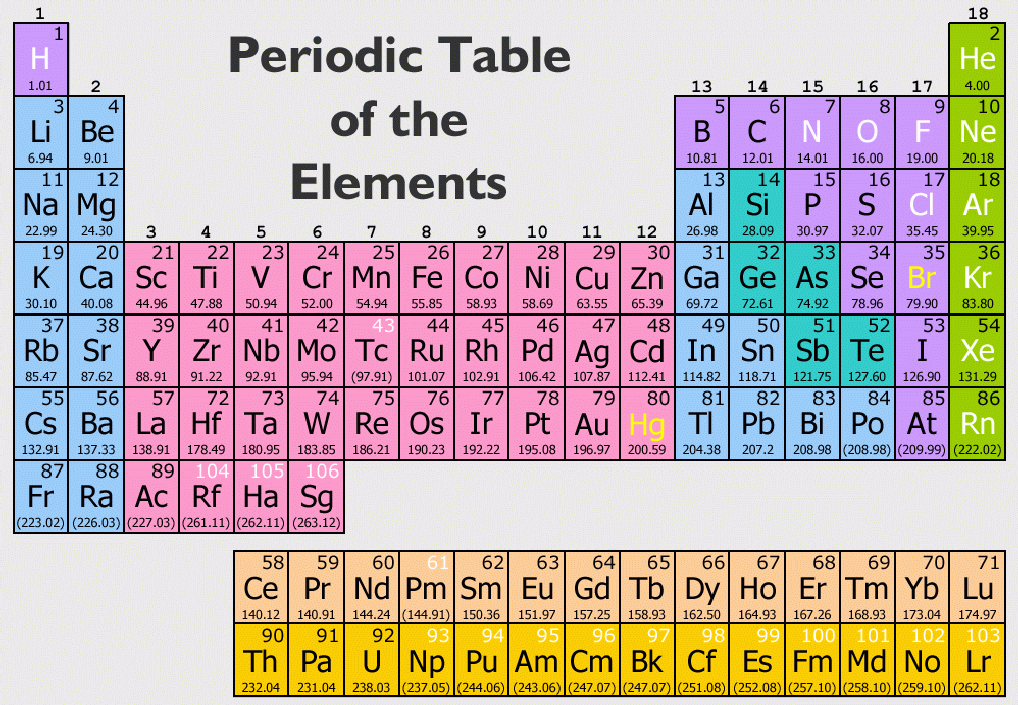The CH element is a fascinating topic in the world of chemistry, representing the combination of carbon (C) and hydrogen (H) atoms. This pairing is fundamental to organic chemistry, as it forms the backbone of countless compounds that are essential to life as we know it. From simple hydrocarbons to complex organic molecules, the CH element is integral in understanding chemical structures and reactions. The versatility of carbon, combined with the reactivity of hydrogen, allows for a diverse range of chemical compounds, each with unique properties and applications. In this article, we will explore the significance of the CH element, its role in various compounds, and how it impacts our daily lives.
In addition to its fundamental chemical importance, the CH element also plays a critical role in several scientific disciplines, including biochemistry, environmental science, and materials science. By examining the characteristics and behaviors of carbon and hydrogen compounds, researchers can develop innovative solutions to pressing challenges, such as climate change and energy sustainability. As we delve deeper into the world of the CH element, we will uncover its mysteries and relevance in modern science.
Whether you are a student, a professional chemist, or just someone interested in the intricacies of chemistry, understanding the CH element is essential. Join us as we embark on a journey to explore this vital component of organic chemistry and discover its significance in the broader context of science and technology.
What is the CH Element?
The CH element refers to the chemical combination of carbon and hydrogen. Carbon is a nonmetal with the atomic number 6, while hydrogen is the lightest element with the atomic number 1. When these two elements bond, they form hydrocarbons, which are the simplest organic compounds. Hydrocarbons can be classified into different categories based on their structure, including alkanes, alkenes, and alkynes. Each category has distinct properties and applications, making the CH element a crucial focus in the study of organic chemistry.
Why is the CH Element Important in Organic Chemistry?
The CH element serves as the foundation for organic chemistry, as nearly all organic compounds contain carbon. By forming covalent bonds with hydrogen, carbon can create a vast array of structures. This versatility enables the formation of complex molecules, such as proteins, lipids, carbohydrates, and nucleic acids, which are essential for life. The unique bonding capabilities of carbon allow it to form chains, rings, and branched structures, leading to an immense diversity of organic compounds.
How Do CH Compounds Influence Daily Life?
CH compounds are everywhere in our daily lives. From the fuels we use to power our vehicles to the food we consume, hydrocarbons play a significant role in various aspects of our existence. Here are some common examples of CH compounds and their applications:
- Fuels: Gasoline, diesel, and natural gas are primarily composed of hydrocarbons, providing energy for transportation and heating.
- Plastics: Many synthetic polymers, such as polyethylene and polystyrene, are made from hydrocarbon monomers, making them ubiquitous in packaging and consumer products.
- Medicines: Numerous pharmaceuticals are derived from organic compounds containing CH elements, illustrating their importance in healthcare.
- Food: Fats and oils, which are essential for nutrition, are primarily composed of long-chain hydrocarbons.
What Are the Different Types of Hydrocarbons?
Hydrocarbons can be classified into several categories based on their structure and bonding. The main types of hydrocarbons include:
- Alkanes: Saturated hydrocarbons with single bonds between carbon atoms (e.g., methane, ethane).
- Alkenes: Unsaturated hydrocarbons that contain at least one double bond (e.g., ethylene, propylene).
- Alkynes: Unsaturated hydrocarbons with at least one triple bond (e.g., acetylene).
- Aromatic hydrocarbons: Compounds that contain one or more aromatic rings (e.g., benzene, toluene).
How Are CH Compounds Synthesized?
The synthesis of CH compounds can occur through various methods, including:
- Fractional Distillation: A technique used to separate different hydrocarbons based on their boiling points.
- Cracking: A process that breaks down larger hydrocarbon molecules into smaller, more useful ones, often used in petroleum refining.
- Polymerization: The chemical process that combines small hydrocarbon monomers to form larger polymer chains.
What Are the Environmental Impacts of CH Compounds?
While CH compounds have numerous applications, they also pose environmental challenges. The combustion of fossil fuels releases greenhouse gases, contributing to climate change. Additionally, the production and disposal of plastic products made from hydrocarbons can lead to pollution and harm wildlife. Efforts to develop sustainable alternatives and reduce the environmental footprint of CH compounds are essential for a more sustainable future.
What is the Future of CH Compounds in Science and Technology?
The future of CH compounds is promising, as researchers continue to explore innovative applications and solutions. Some areas of interest include:
- Alternative Energy Sources: Developing renewable energy sources derived from hydrocarbons, such as biofuels and hydrogen fuel cells.
- Biodegradable Plastics: Creating environmentally friendly materials that can replace traditional hydrocarbons.
- Carbon Capture Technologies: Implementing strategies to capture and store carbon emissions from industrial processes.
Conclusion: Why Should We Care About the CH Element?
Understanding the CH element is crucial for grasping the complexities of organic chemistry and its impact on our daily lives. By studying hydrocarbons and their properties, we can make informed decisions about their use and develop sustainable alternatives. As science and technology continue to evolve, the CH element will remain a vital component in shaping our future.
You Might Also Like
Unveiling The Youthful Spirit Of Jenny McCarthyUnveiling The Life Of Ashton Meem: A Journey Through Fame And Beyond
Unveiling The Real Name Of JoJo Siwa
Exploring The Life Of Jesse L. Martin's Wife: Love, Support, And Inspiration
Discovering The Legacy: Layne Staley's Daughter
Article Recommendations


